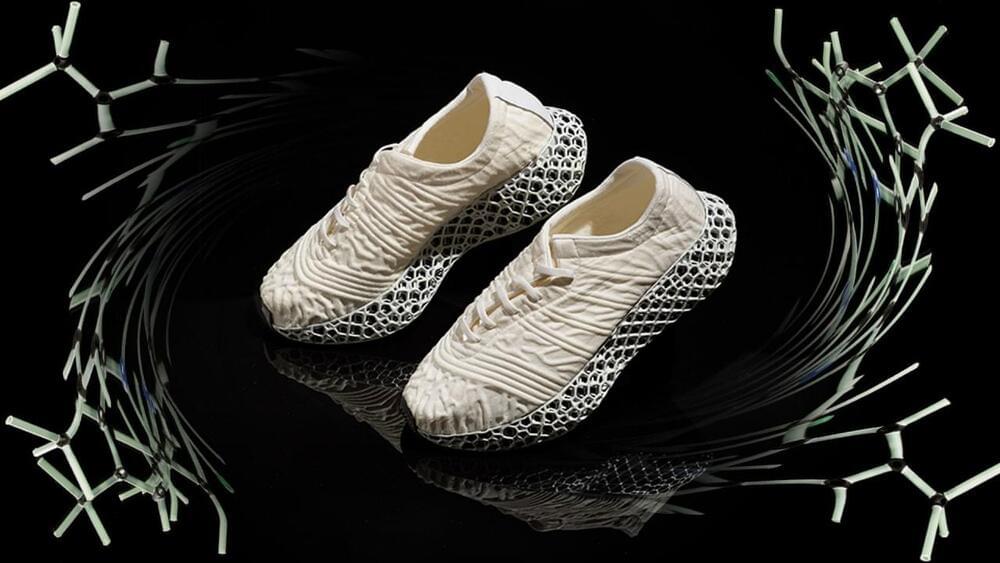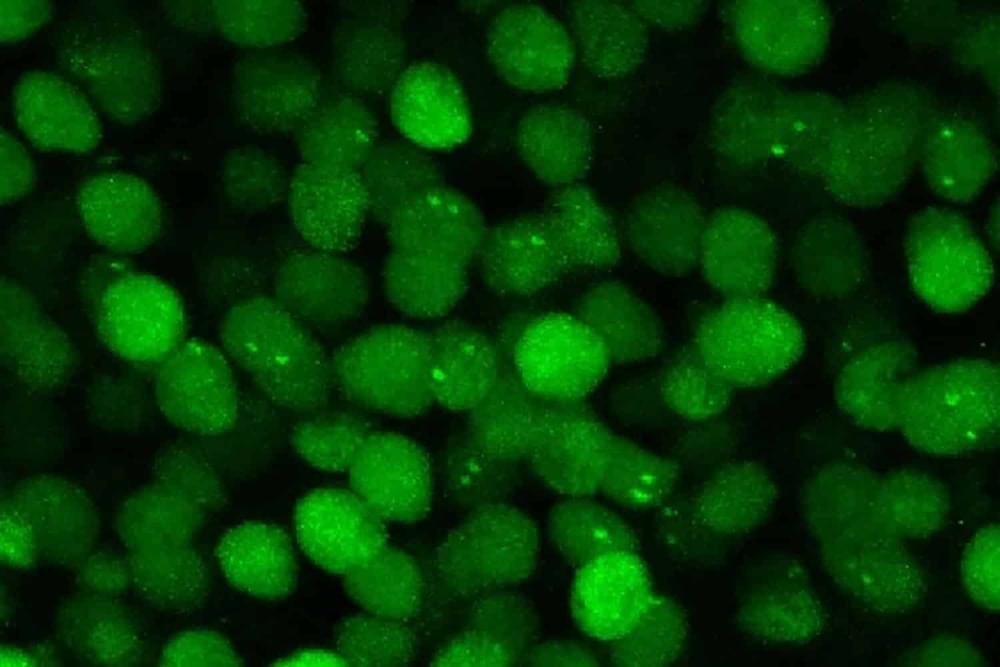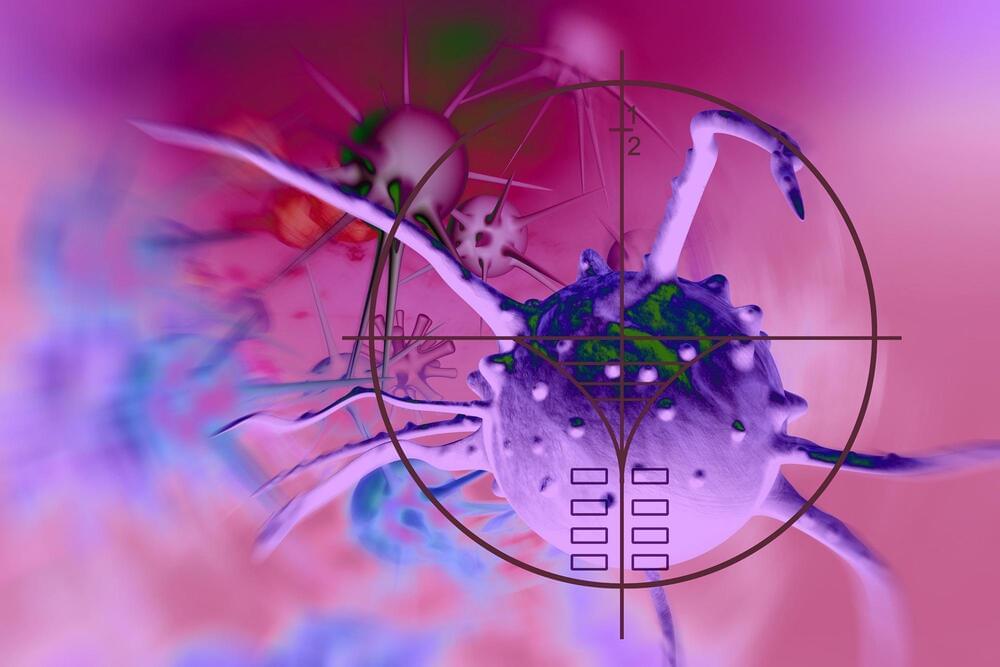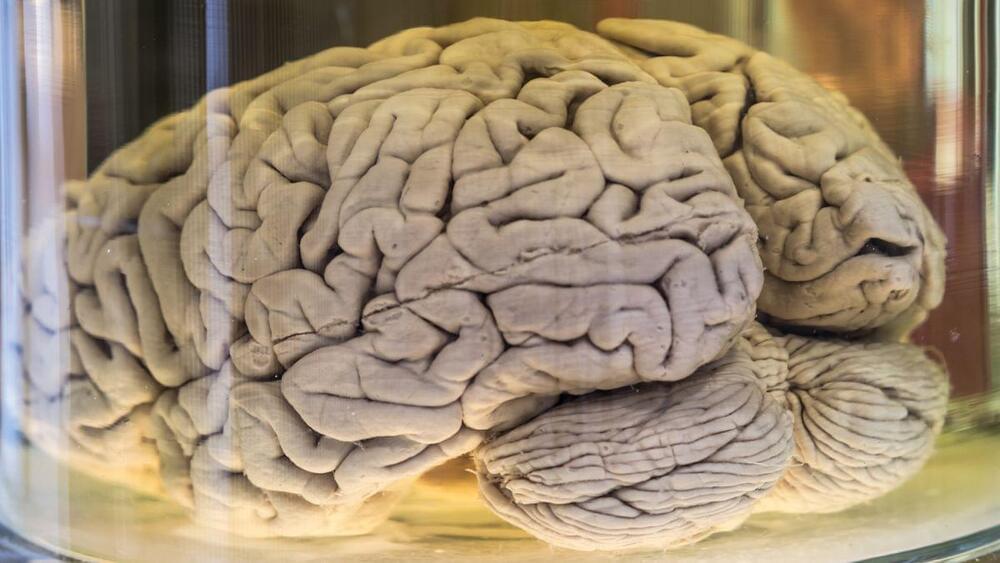These sustainable sneakers are molded from liquid cellulose—and the process can work for other items of clothing as well.



As our devices get smaller and smaller, the use of molecules as the main components in electronic circuitry is becoming ever more critical. Over the past 10 years, researchers have been trying to use single molecules as conducting wires because of their small scale, distinct electronic characteristics, and high tunability. But in most molecular wires, as the length of the wire increases, the efficiency by which electrons are transmitted across the wire decreases exponentially. This limitation has made it especially challenging to build a long molecular wire—one that is much longer than a nanometer—that actually conducts electricity well.
Columbia researchers announced that they have built a nanowire that is 2.6 nanometers long, shows an unusual increase in conductance as the wire length increases, and has quasi-metallic properties. Its excellent conductivity holds great promise for the field of molecular electronics, enabling electronic devices to become even tinier.
The study is published in Nature Chemistry (“Highly conducting single-molecule topological insulators based on mono-and di-radical cations”).



Meta’s AI translation work could provide a killer app for AR.
Social media conglomerate Meta has created a single AI model capable of translating across 200 different languages, including many not supported by current commercial tools. The company is open-sourcing the project in the hopes that others will build on its work.
The AI model is part of an ambitious R&D project by Meta to create a so-called “universal speech translator,” which the company sees as important for growth across its many platforms — from Facebook and Instagram, to developing domains like VR and AR. Machine translation not only allows Meta to better understand its users (and so improve the advertising systems that generate 97 percent of its revenue) but could also be the foundation of a killer app for future projects like its augmented reality glasses.


Osaka University researchers discovered that worms may be coated with hydrogel sheaths that contain useful cargo such as anti-cancer medications
James Bond’s famed quartermaster Q provided the secret agent with an unlimited supply of equipment and gadgets to aid him on his missions. Now, scientists from Japan have shown that they are equally adept in providing microscopic worms with a surprising variety of useful and protective components.
Researchers from Osaka University have discovered that microscopic, free-living worms known as nematodes may be coated with hydrogel-based “sheaths” that can be further customized to transport functional cargo.

Could a brain ever exist on its own, divorced from or independent of a body? For a long time, philosophers have pondered such “brain-in-a-vat” scenarios, asking whether isolated brains could maintain consciousness when separated from their bodies and senses. Typically, a person’s experiences are characterized by a web of interactions between the human brain, body and environment. But recent developments in neuroscience mean this conversation has moved from the realm of hypothetical speculation and science fiction, to isolated examples where consciousness could be sealed off from the rest of the world.
It may sound like science fiction, but can actual science keep a brain alive in a vat?
Learn More.
The Neuro-Network.
#Fetal #Brain begin to #experience #pain #neuroscience #science #Biology #consciousness
Context Proposed federal legislation would require physicians to inform women seeking abortions at 20 or more weeks after fertilization that the fetus feels pain and to offer anesthesia administered directly to the fetus. This article examines whether a fetus feels pain and if so, whether safe and effective techniques exist for providing direct fetal anesthesia or analgesia in the context of therapeutic procedures or abortion.
Evidence Acquisition Systematic search of PubMed for English-language articles focusing on human studies related to fetal pain, anesthesia, and analgesia. Included articles studied fetuses of less than 30 weeks’ gestational age or specifically addressed fetal pain perception or nociception. Articles were reviewed for additional references. The search was performed without date limitations and was current as of June 6, 2005.
Evidence Synthesis Pain perception requires conscious recognition or awareness of a noxious stimulus. Neither withdrawal reflexes nor hormonal stress responses to invasive procedures prove the existence of fetal pain, because they can be elicited by nonpainful stimuli and occur without conscious cortical processing. Fetal awareness of noxious stimuli requires functional thalamocortical connections. Thalamocortical fibers begin appearing between 23 to 30 weeks’ gestational age, while electroencephalography suggests the capacity for functional pain perception in preterm neonates probably does not exist before 29 or 30 weeks. For fetal surgery, women may receive general anesthesia and/or analgesics intended for placental transfer, and parenteral opioids may be administered to the fetus under direct or sonographic visualization.

Meta, the Facebook parent company, has announced its new, artificial intelligence (AI)-driven language translation model, which claims to be able to translate 200 languages worldwide, in real-time. In a blog post from earlier today, Meta said that this is the first AI language translator model that brings a large number of fringe and lesser known languages from around the world — including fringe dialects from Asia and Africa.
The AI model can also carry out these translations without needing to first translate a language to English, and then translate it to the originally intended language. This, Meta said, does not only help in speeding up the translation time, but is a breakthrough of sorts since many of the 200 languages that its AI model can understand had little to no available public data for AI to train on.
The initiative is part of the company’s No Language Left Behind (NLLB) project, which it announced in February this year. The new AI model, called NLLB-200, has achieved up to 44% higher BLEU (Bilingual Evaluation Understudy) score in terms of its accuracy and quality of translation results. For Indian dialects, NLLB-200 is 70% better than existing AI models.